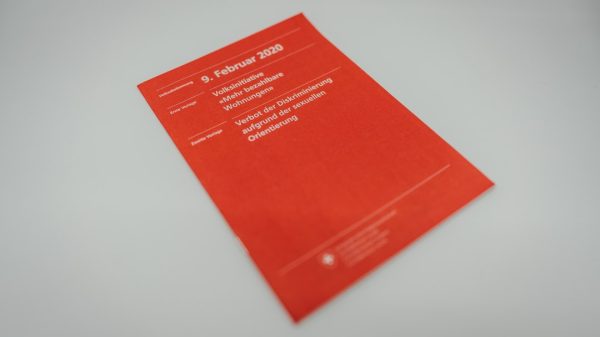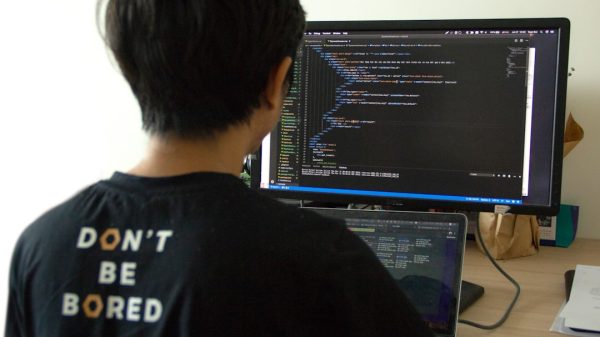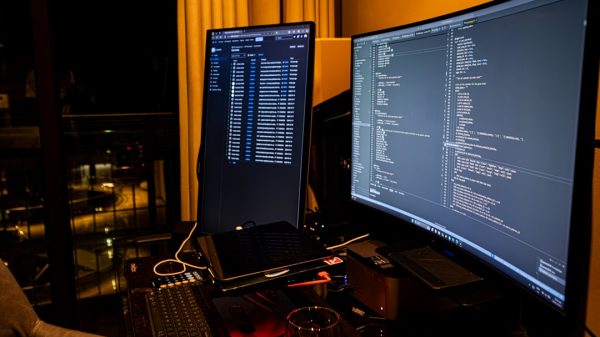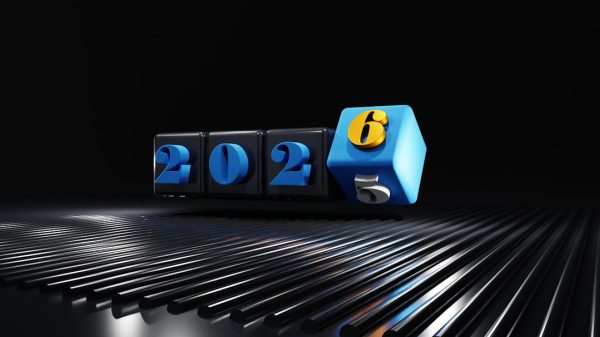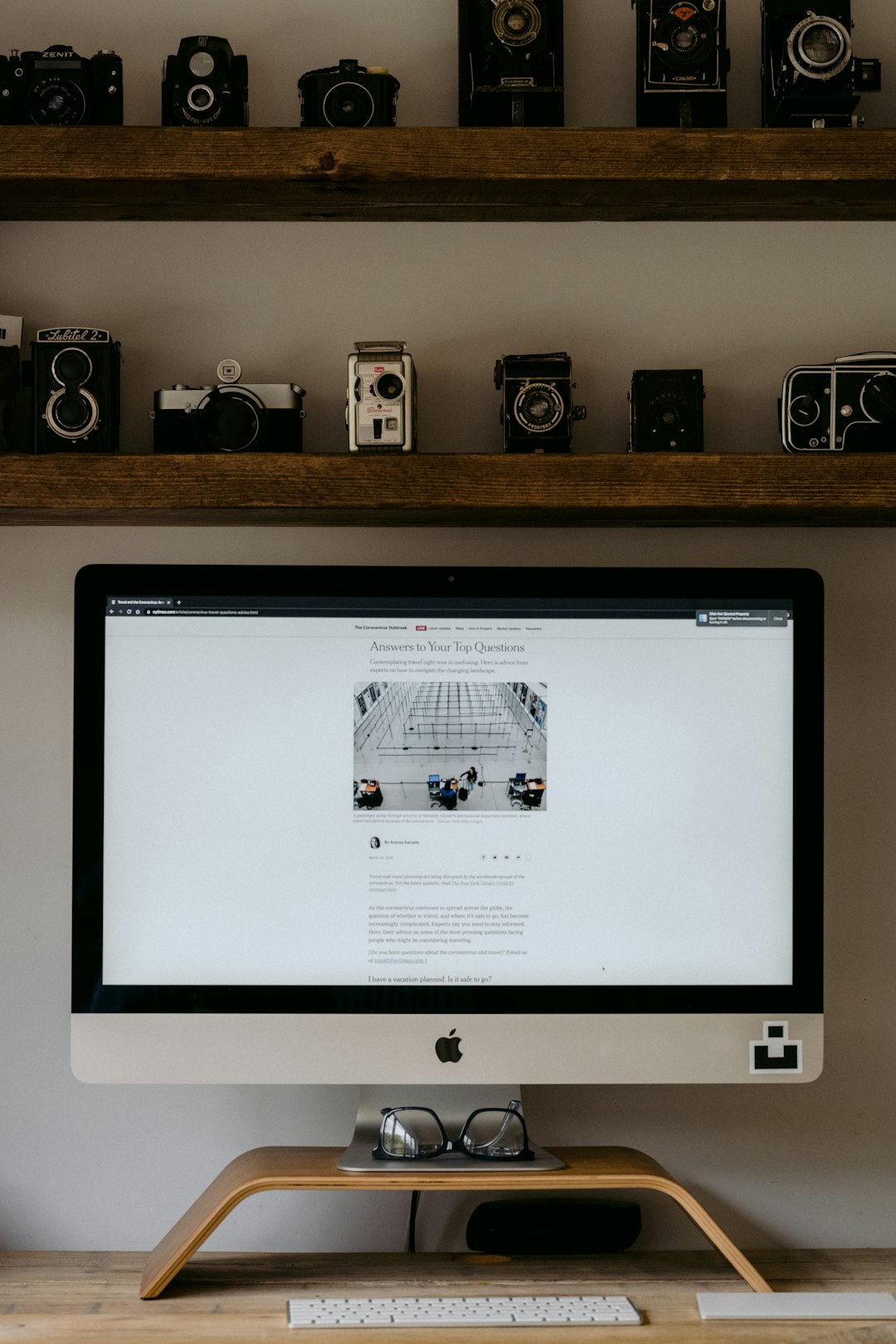What if your favorite gadget could design its own baby brother? Sounds crazy, right? But with the help of artificial intelligence (AI), this idea might not be far from reality. AI is changing the way products are created. It is making things faster, smarter, and cooler. Let’s explore how it all works and what lies ahead!
The Design World is Evolving
Product design used to be hard. Designers drew tons of sketches. Teams built many models just to find the best one. It could take months or even years to finalize a design.
But now? AI helps designers make smarter choices in less time. It’s like having a super creative assistant that never sleeps.
How AI Helps Designers
AI doesn’t just make things easier. It makes them better. Here’s how:
- Speed: AI quickly suggests design options based on your goals.
- Creativity: It tries wild ideas humans may not think of.
- Testing: Simulate how a product will perform before it’s even built.
- Customization: Create personalized items fast for individual users.
Imagine designing a chair. You enter the user’s height, weight, and style. AI then creates 50 designs in seconds. You pick what you like, tweak it, and boom! A unique chair just for you.
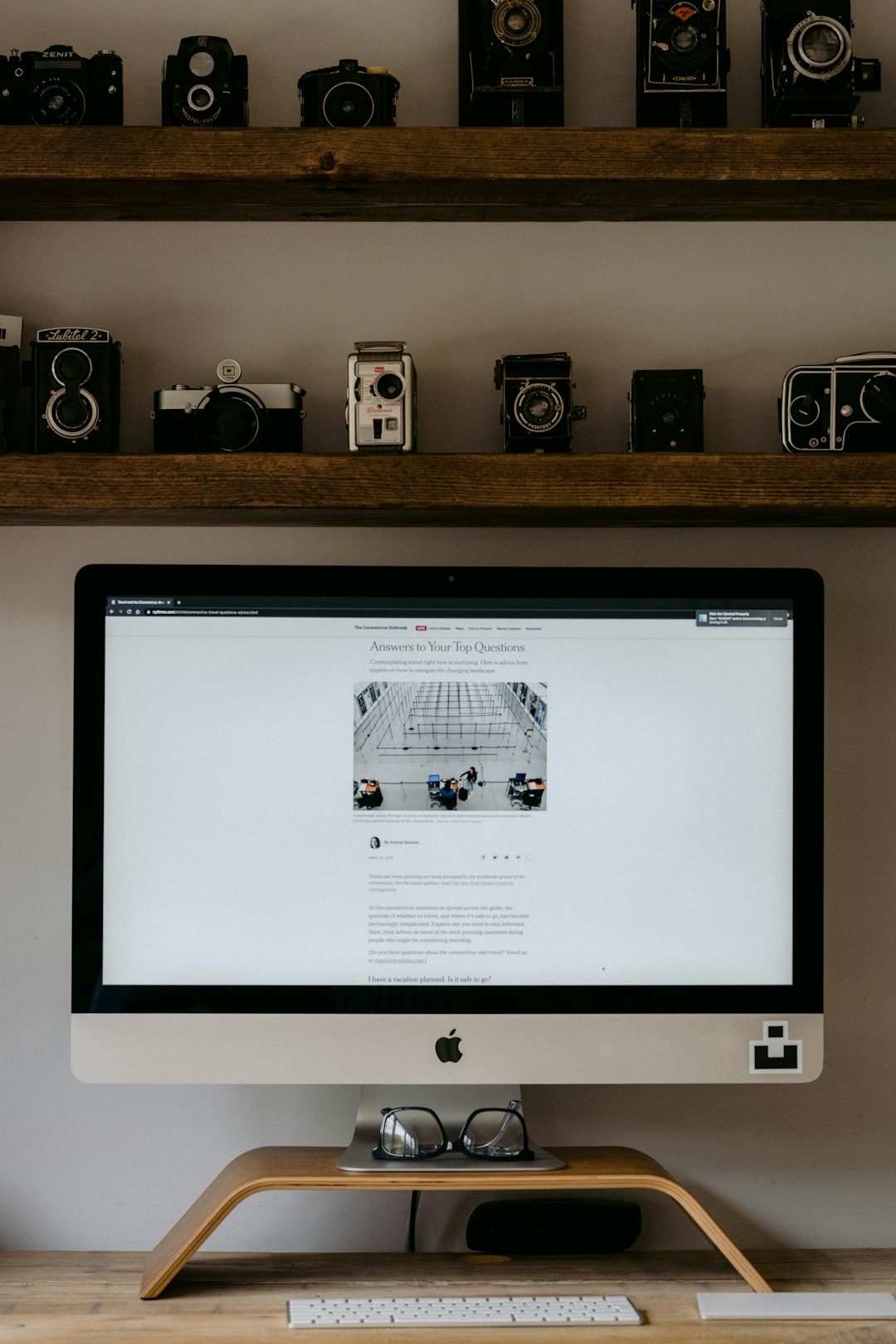
Generative Design: AI’s Creative Side
This is the real magic trick. Generative design is a way AI creates tons of design options all by itself. You input your goals, like:
- Make it light
- Use less plastic
- Must hold 50 pounds
Then AI goes to work. It comes up with dozens, even hundreds, of designs. Some look super funky. Some are sleek and modern. You get to choose the one that works best or mix and match ideas!
It’s like giving AI a problem and watching it doodle its way to a genius answer.
AI + 3D Printing = Superpower
AI by itself is cool. But pair it with 3D printing, and you’ve got magic. Let’s say the AI designs a super lightweight bike helmet. A human might struggle to make that design real, but a 3D printer won’t even break a sweat.
This combo allows for:
- Unique shapes that are hard to mold by hand
- Faster prototypes
- Less waste
- Products tailored to your body or needs
So now, your next bike helmet might not only fit better but be safer and more stylish too!
Learning From Data
AI is a great listener. It watches how people use products and remembers everything. This helps designers improve future versions.
Imagine a smart water bottle. It tracks how much you sip and when you sip. That data helps designers create a more helpful version next year—maybe one that reminds you when you forget to drink!
Smarter User Experiences
Great design isn’t just how something looks. It’s how it feels to use. With AI, designers can test what works or annoys people before the product even launches.
This means fewer bad buttons, confusing apps, or weird colors. Instead, users get smoother, happier interactions.
For example, AI can run simulations to test where people are likely to click on a screen. Designers use this to place menus, icons, or colors in the best spot.
Collaboration Made Easier
Teams across the world can now design together using AI tools online. AI keeps things organized, processes feedback faster, and ensures everyone stays on the same page.
There are even AI bots that take notes during brainstorming meetings. They highlight the best ideas so teams don’t forget the spark of inspiration they had two hours ago!
Making Design More Human
Wait, doesn’t AI take the human part out of design? Nope! It actually empowers humans. AI does the boring stuff. Designers get more time for the fun parts—like storytelling, empathy, and imagination.
Think of it like this:
- Humans set the vision
- AI helps reach it faster and better
Products Just For You
AI also makes it possible to create one-of-a-kind products for every individual. Like shoes that match your feet perfectly. Or skincare built just for your face type. Sound dreamy? AI helps gather data, suggest designs, and even manage production for personalized goods.
Mass production is slowly becoming mass personalization!
The Challenges
Of course, it’s not all sunshine and unicorns. AI in design still has a few speed bumps:
- Bias: AI can copy bad habits if it learns from poor data.
- Ethics: Who owns a design made by AI?
- Job worries: Some fear AI might replace human designers.
But many experts believe those are things we can solve. By using AI wisely and mixing it with human creativity, we can find the best balance.
What’s Next?
The future looks exciting. AI might soon let us:
- Talk to design tools like we talk to our smart speakers
- Design products instantly from a simple sketch or voice command
- Create virtual environments to test our designs live
Product design will soon feel more like play than work. Tools will feel magical, making idea-sharing more fun and open to everyone—even kids!
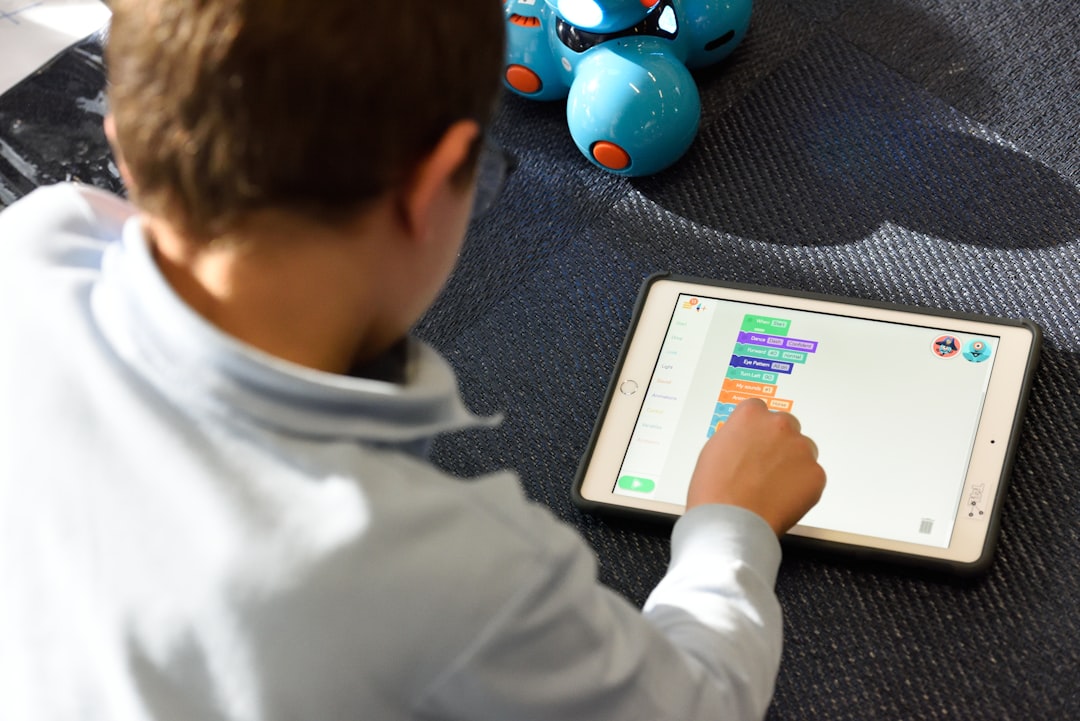
Final Thoughts
AI is not here to steal the paintbrush. It’s here to fill the palette. It helps humans imagine and create faster, smarter, and with more joy. Product design is becoming more personal, creative, and interactive.
So next time you use a cool gadget, look at a fancy bottle, or wear a comfy pair of sneakers—just think: AI might have helped design that. And the future? It’s only just getting started!










